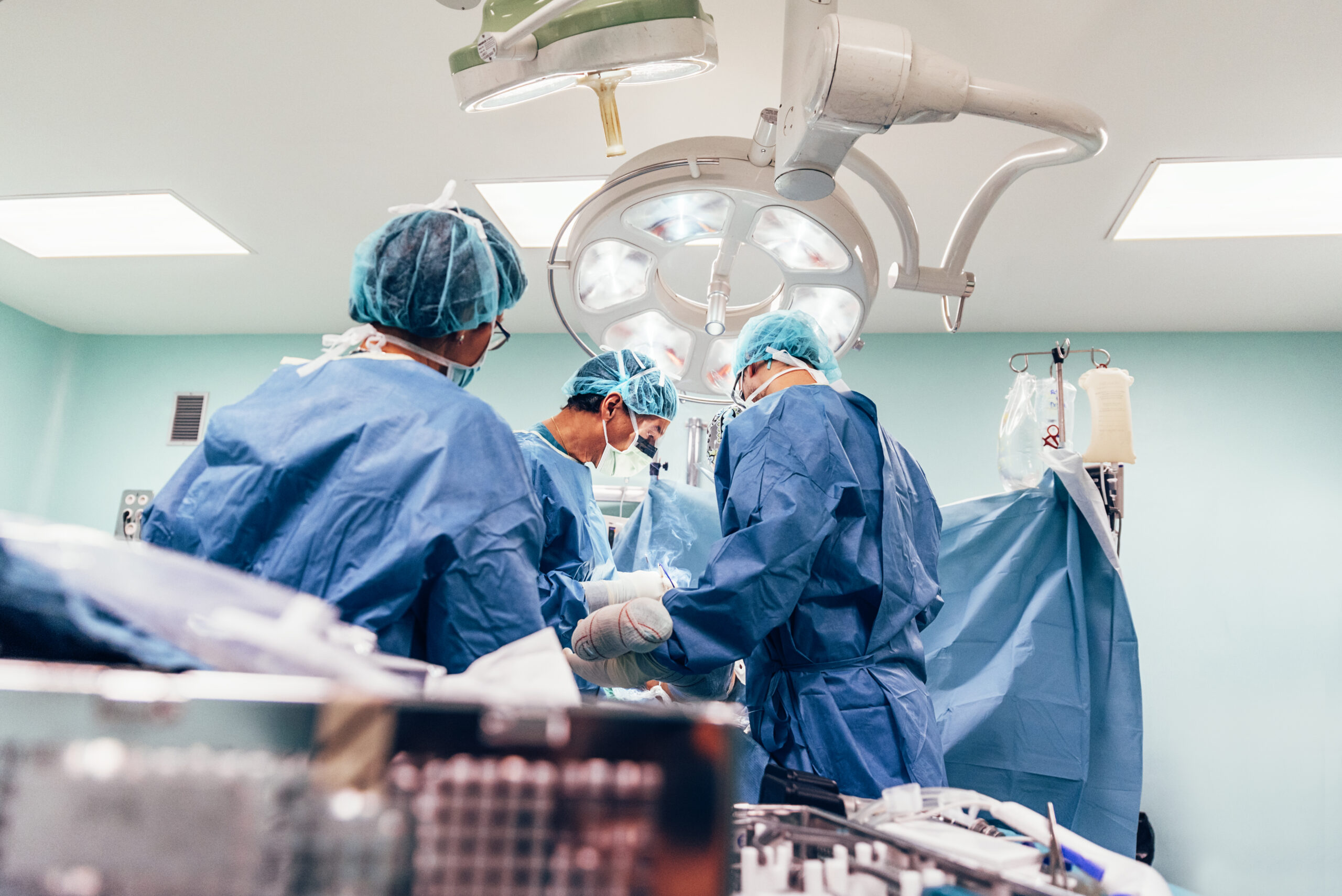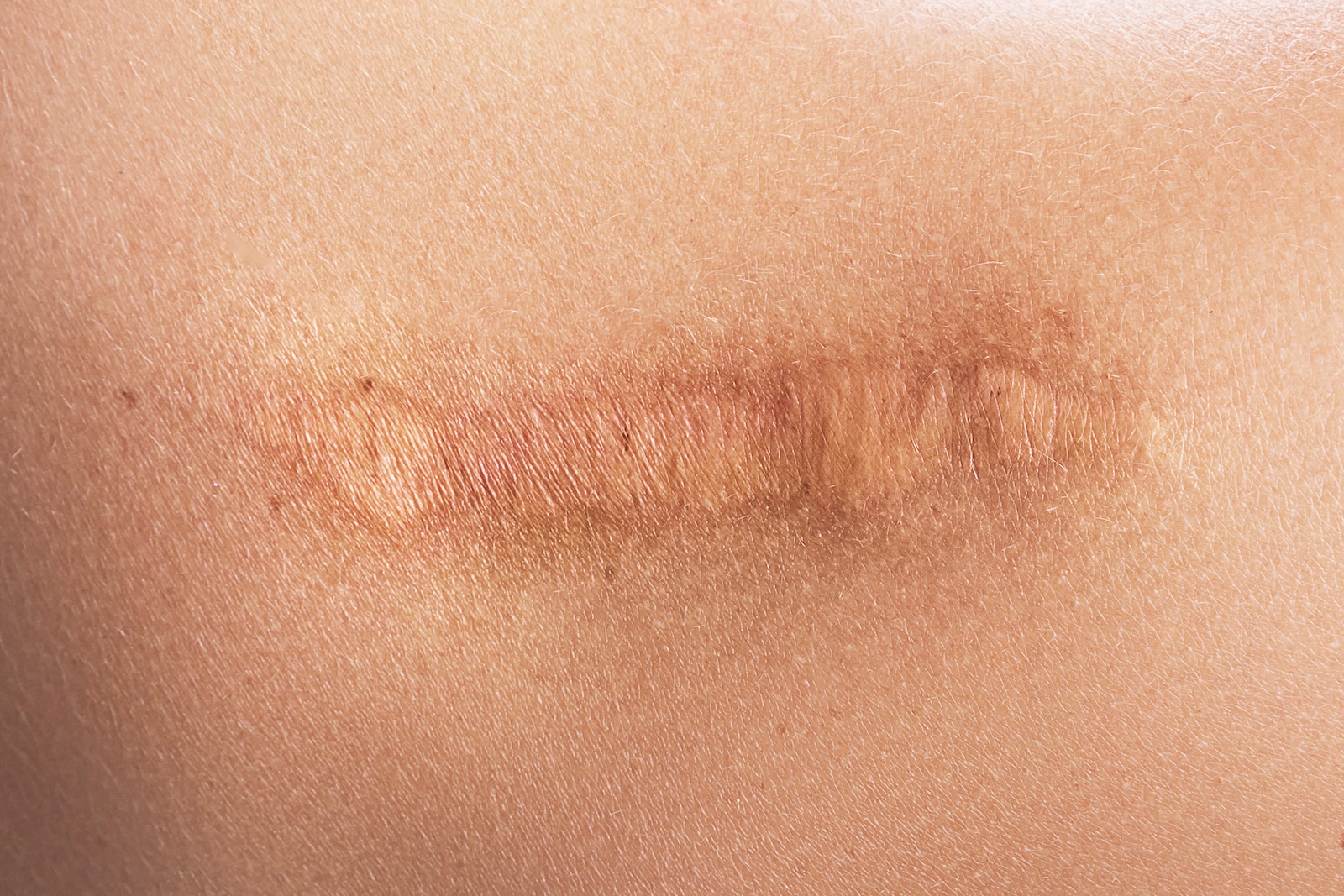
The Future is Bright: What’s Next for Spine Surgery
Modern surgical practices continue to advance in leaps and bounds and each new advancement in how a procedure is completed or the materials used directly improves patient outcomes. In the world of spine surgery, researchers continue to innovate and create, helping patients live without pain while still maintaining their range of motion.
Dr. Todd H. Lanman of Lanman Spinal Neurosurgery believes without a healthy spine, there is no healthy life. He is committed to preserving the movement of patients while helping them live without pain.
Learn more about the exciting advances in spine surgery and how they are helping patients live their best lives without the restrictive pain of degenerative disc disease.
Artificial Disc Replacement Continues to Phase Out Spinal Fusions
Historically, medical advancements have focused on pain reduction. If a patient was no longer in pain (or the pain was reduced) then the procedure was considered a success. While many doctors are still focused on pain mitigation, there are scientific developments today that reduce pain while also maintaining the patient’s quality of life.
One of the clearest examples of these scientific advancements is the replacement of spinal fusion with artificial disc replacement (ADR). Spinal fusion is the process of removing fragments of broken or worn down spinal discs, followed by the fusion of vertebrae to prevent the bones from rubbing against each other. This treatment reduces pain, but it also limits a patient’s range of motion.
“Spinal fusion is an ancient and harsh solution for spinal disorders like degenerative disc disease and herniated discs,” says Dr. Lanman.
This is why more spinal surgeons are turning to artificial disc replacement instead. With this method, the damaged spinal disc is removed and replaced with a new artificial one instead. The patient is no longer in pain and is able to bend, twist, and move comfortably – unlike the movement restrictions that come with spinal fusion.
“No one would even contemplate having their knees or hips fused,” says Dr. Lanman for Becker’s Spine Review. “They would opt for an artificial hip or knee replacement. In fact, artificial discs for the spine offer even better long-term data demonstrating they will not fail for likely over 70 years.”
ADR will continue to supersede spinal fusion over the next decade, allowing patients to maintain active and pain-free lifestyles.
Innovations in Surgical Materials Focus on Movement
Along with improving how spine surgery is completed, medical researchers continue to develop better materials to use. An artificial disc that was considered innovative a few years ago will be outdated in the near future.
“The newest generation disc implants have pliable cores that allow vertical compression and some lateral shear (twisting) movement, as we see with natural discs,” says Dr. Lanman for Becker’s Spine Review. “The current generation implants have solid cores because the emphasis is the stability of the implant.”
This further highlights the transition out of spinal fusion and into disc replacement. Spinal fusion was originally developed to reduce pain while maintaining stability. The first iterations of ADR were meant to maintain stability while still offering opportunities for movement. As this surgical practice becomes more advanced, doctors can use materials that further allow patients to move comfortably and without pain.
“The most exciting technology for the spine is currently related to motion-preservation surgery and restorative motion surgery,” says Dr. Lanman. “Some other motion-preserving spinal technologies and implants have been developed, but advancements for artificial disc implants are really progressing.”
Movement is the future of spinal surgery. When a patient knows they can stand up, walk around, bend, and twist without pain, they will. The more our patients move, the more they can improve the health of other parts of their body, including the heart, lungs, and muscles.
Investments in Robotics Can Improve Surgical Outcomes
There is a tremendous amount of opportunity in the field of robotics to improve healthcare. From robot nurses to digital heart monitors, it’s possible to significantly change patient outcomes. Robotics is also driving modern spine surgery forward. Technology reduces the invasiveness that comes with many procedures, reducing patient recovery time.
In the field of spinal repair, the use of robots can reduce muscle dissection and lower blood loss during surgery. By making the procedure less invasive, the patient will experience less pain after surgery and is less likely to develop an infection. These procedures also lead to shorter hospital stays, which means the patient can recover in the comfort of their own home.
“Robotic assistance definitely takes some of the risk out of cases with difficult anatomy, such as deformity and revision surgery,” Drs. Lanman and Dr. Jason M. Cuéllar explain at Spine Universe. “Once the entire surgical team is efficient at set up, robotic assistance can reduce instrumentation time, particularly for multi-level cases.”
Patients that were previously considered untreatable or high-risk may have an opportunity to get the spine surgery they need with the help of robotic assistance.
While the field of robotics is promising, there are some drawbacks to this technology. The first is the price. A small surgery center or small hospital might not be able to afford the machinery needed to treat patients.
Additionally, it takes training to learn how to use these robots. While seasoned spinal professionals will be able to adapt to the technology, there is a learning curve to understand how the systems can help patients.
“We think it will be more commonly utilized as the technology improves and hopefully becomes more cost-efficient,” Drs. Lanman and Cuéllar say. “For some cases we can still perform the surgery more efficiently without it.”
Despite the rise in technology, there may be times when the human hands of a trusted surgeon are still the best option to ensure positive patient outcomes.
Choose Spine Professionals Who Pioneer Surgical Innovations
Every year, new advances in healthcare reduce patient risks while increasing the chances of positive outcomes. By leading the way in scientific research, serving as a principal investigator on clinical trials, and staying on top of industry trends, spine surgeons like Dr. Lanman are investing in the future of spine surgery to the benefit of their patients.
You don’t have to live in pain. You don’t have to sacrifice movement in order to feel comfortable. You deserve to work with a spine surgeon who is focused on optimizing movement, pain reduction, and patient care. Contact Dr. Lanman to see how he can help you.
Dr. Lanman, founder of Lanman Spinal Neurosurgery and ADR, is a leading specialist in the advancement of spine health, spinal surgery, and restoring mobility, with a focus on 4D Health. He has led clinical trials in Advanced Disc Replacement that have led to FDA pre-market approval for devices that provide lasting pain relief for patients suffering from a spinal injury, as well as increased mobility for patients who have undergone past fusion surgeries. Named among the Top Doctors in America, as well as one of L.A’s Top Doctors by The Hollywood Reporter, Dr. Lanman is internationally renowned and sought after by professional actors, musicians, athletes, CEOs, and dignitaries, who travel thousands of miles to be treated in his care. A leading innovator in medicine, as well as a media educator and contributor, Dr. Lanman is dedicated to sharing his considerable expertise, serving as an assistant clinical professor at UCLA for over 20 years.
Ready to reclaim your life? Get in touch with Dr. Lanman Today.
FOLLOW US ON SOCIAL MEDIA | @ADRSPINE




